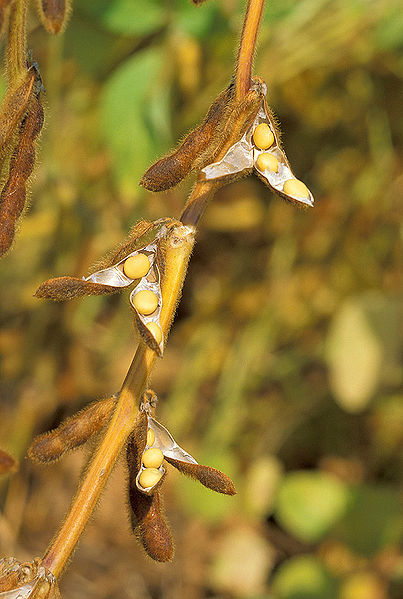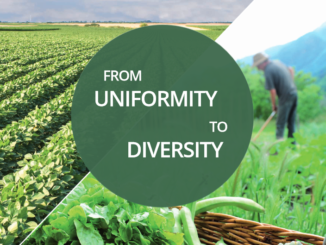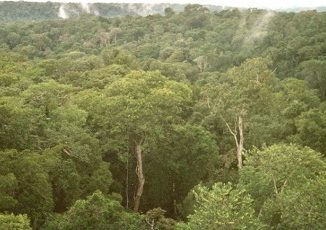With the increasing rise on the global scale of the industrial animal farming system, an increasing number of food animals are given feed based on high protein soybean meal formulated to speed their growth. In this system, the animal feed for pigs contain several ingredients – maize, wheat, fish meal, and sunflower meal, but most of all high protein soybean meal. Along with animal health concerns, increased global soya production raises environmental issues such as increased agrochemical use and deforestation, as well as human rights and land grabbing issues.
 Vegetable proteins for animal feed exported to Europe are mostly produced in South America (Argentina and Brazil), whereas European industrial livestock production is concentrated around the main European sea ports – Rotterdam and Hamburg. The European Union depends on imports for over 80% of its consumption of vegetable proteins, the largest share being imported soybean meal.
Vegetable proteins for animal feed exported to Europe are mostly produced in South America (Argentina and Brazil), whereas European industrial livestock production is concentrated around the main European sea ports – Rotterdam and Hamburg. The European Union depends on imports for over 80% of its consumption of vegetable proteins, the largest share being imported soybean meal.
In the last decades we witnessed some major changes in animal feed used in pig farming. Years ago, farmers that produced several different crops used pigs to consume the excess of grain and other by-products. Nowadays, most pig production is run by big agri-business – this type of agricultural production system is characterised by a heavy dependence on monoculture, external inputs (like pesticides or fuel), extensive mechanisation (i.e. the use of machines such as harvesters to replace human labour) as well as consolidation of ownership.
The main source of high protein soybean meal is monoculture soy. In the case of Argentina, soy is grown on more than 18 million hectares, where introducing vast GM soy monocultures recently caused a ninefold increase of use of pesticides – from 34 million litres in 1990, to more than 317 million litres. According to Friends of the Earth Denmark, in Paraguay and Argentina the advancement of soybean monoculture is often associated with land grabbing and human rights violations. According to The Ecologist, as the second biggest growers and exporter of soya, Brazil, “is such a big player in the industry that there are major concerns about how this is affecting the Amazon Rainforest.”
Soya cultivation has risen sharply also on the global scale over the past decade – as the global demand for meat is constantly increasing, which in turn is pushing up demand for animal feed. U.S. industrial farms for livestock, poultry and fish alone used more than 30 million tons of soybean meal in 2013. As a consequence, the global market for soya is expected to rise to 300 million tonnes within 15 years. The largest producers currently are: the USA (33%), Brazil (27%) and Argentina (21 %).
Being aware of the consequences of chemical overuse conected to GM soya cultivation, in May 2013 several major European retailers, including Germany’s REWE Group, LIDL and EDEKA, decided to support the non-GMO soy production system of Brazil. France, Germany and Luxembourg have voluntary labelling schemes which allow consumers to buy GM-free-fed meat and dairy products they desire. Also, meat with the German Neuland quality label is produced without the use of any imported animal feed – even the soya that is used is grown in Germany. Some Italian regional labels include non-GM requirements as well.
Further reading:
- Pigs and Soya production: a contribution to the planetary inferno, Friends of the Earth Denmark
- The dark side of soya: how one super crop lost its way, The Ecologist
- Previously on ARC : Port protest: Stop the madness of GM soy imports!
RECENT POSTS BY MAREK KRYDA:
- Soya – a problematic animal feed
- Polish farmer blockades against land grabbing
- 80 per cent of all antibiotics in the US given to healthy animals
- Russia bans pigmeat from all 28 EU member states
- Polish anti-fracking protesters joined “We are fed up!” demo
- Pig Industry “blatantly flouting European law”





